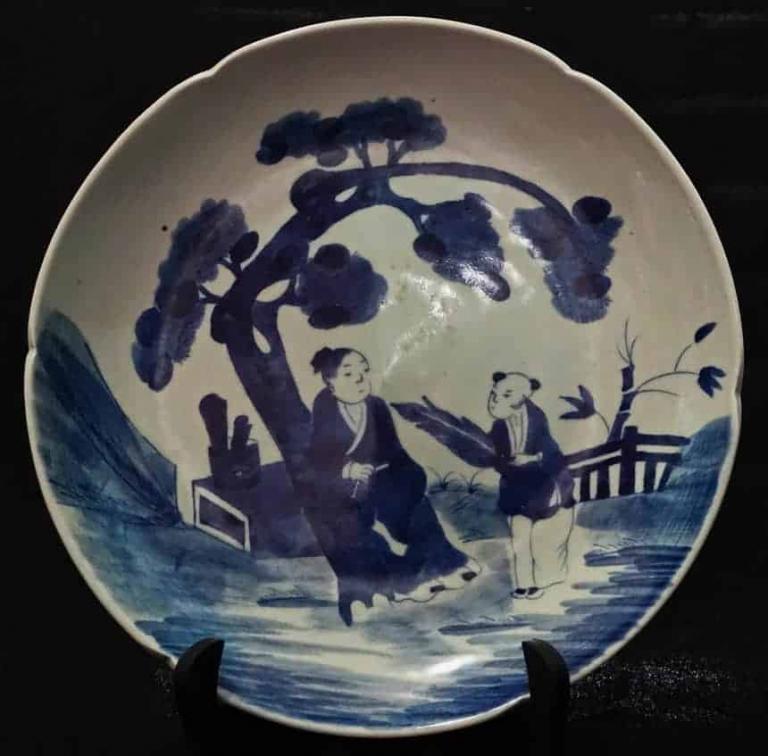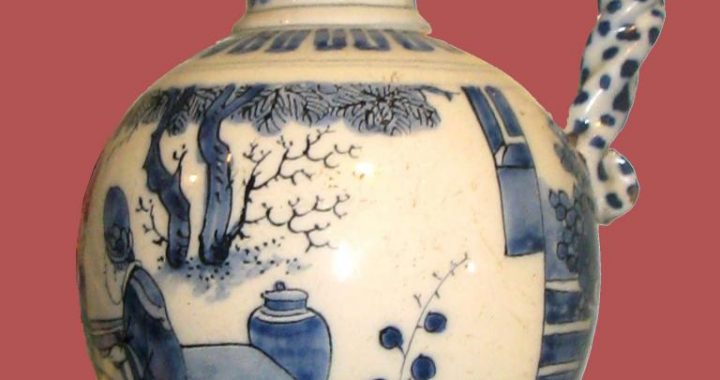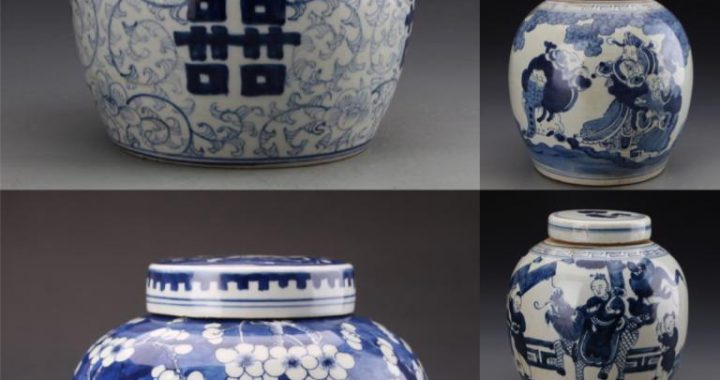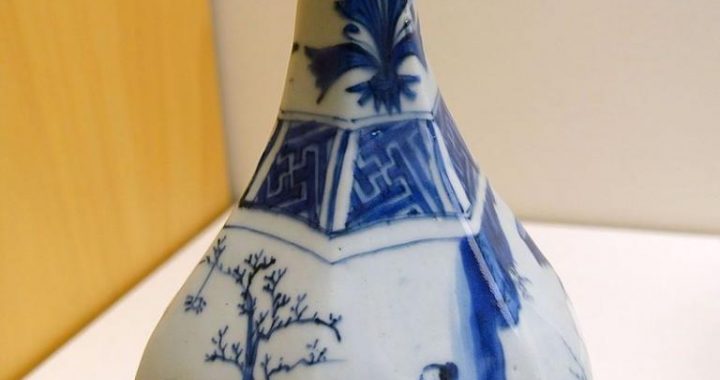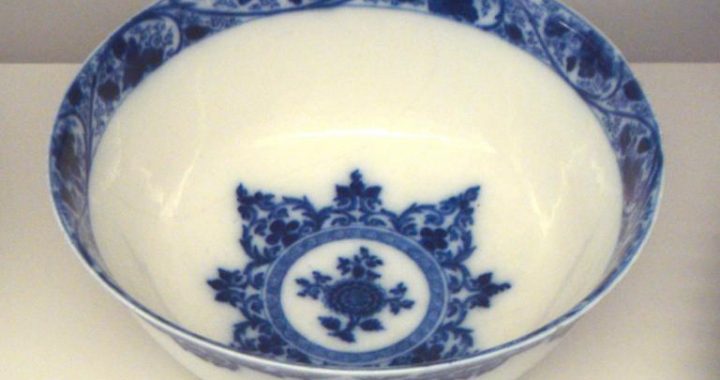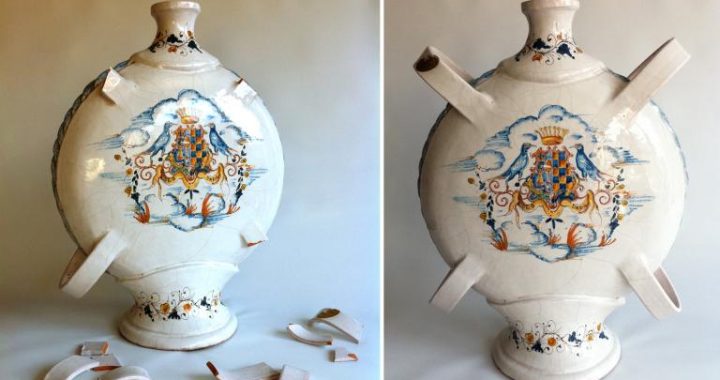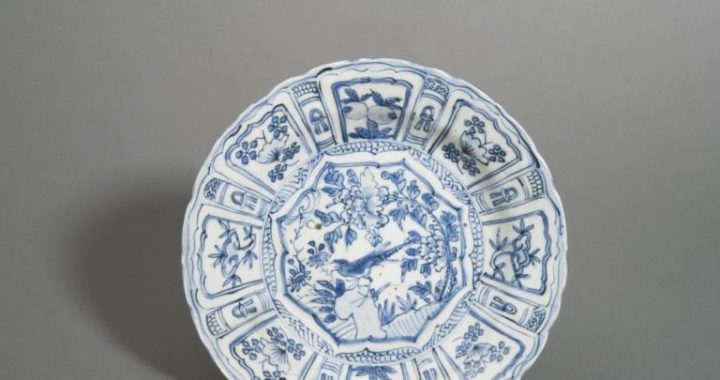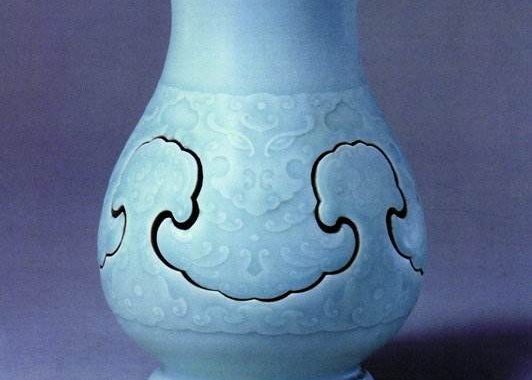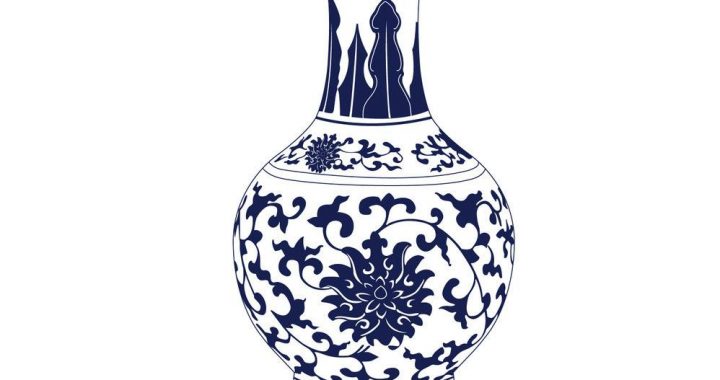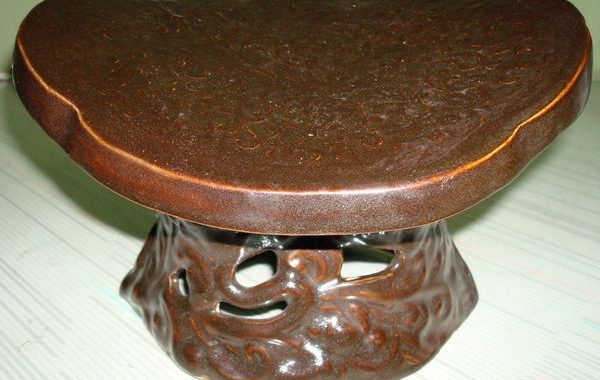Blue-and-White Wares in the Qing Dynasty
3 min readIn 1644, the Manchurian army conquered Beijing aftersweeping across the arduous Shanhaiguan Pass. Before their arrival, Chongzhen, the last Ming Emperor, unable toturn the tide, committed suicide by hanging himself on a tree at the Prospect Hill in Beijing, and brought his lament to the nether world.
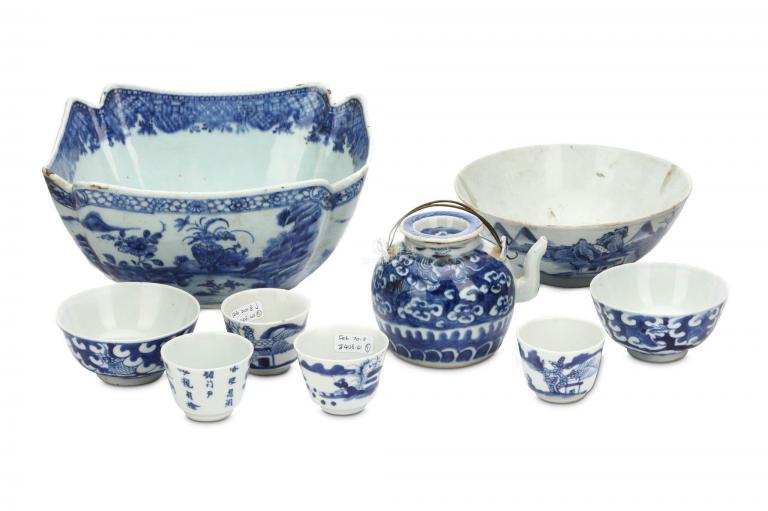
After taking over the power, the Qing rulers aroused all their efforts to expand territory, and to learn the culture and custom of Han people, so as to imitate their political system. As a result, economy and culture during the reign of Emperors Kangxi and Qianlong experienced an exceptional boom, leading to the comprehensive well-off ofthe whole country. The porcelain industry as well, attained an unprecedented culmination.
Though the end of Ming dynasty broke up porcelain firing of the royal kiln, it brought no regression to the porcelain craftsmanship, as the production of civilian kilns was not interrupted. The Qing court followed the royal kiln system of Ming, and the royal kiln firing was recovered.
Emperor Kangxi was on throne for 61 years, longer than any other emperors in Chinese history. Meanwhile, heis also one of the most accomplished emperors in China.
He was an all-round person, fully conversant with ancient Chinese classics and poetry, familiar with military strategy, and showed strong interest to natural science. His reign was indeed an uncommon well-being period, when the nationwas big and powerful, and people enjoyed their lives.
Blue-and-white wares of Kangxi era applied a new type of colorant named “zhuming glaze”, which rendered more verdancy and luster to the colour, and made the blue-and-white ware products more natural, stylish, andagreeable to the eyes. Unlike the complicated and full decoration style of the Ming dynasty, Blue-and-white decoration then became more free, expressive and atmospheric. This new decorative method owed a lot to the development of other art forms, especially painting.
Blue-and-white artisans not only made reference to the layout of paintings, but also reproduced the effect of layered colour tones of traditional Chinese ink painting on porcelain with their superior workmanship. Hence,
Blue-and-white wares dating to the Kangxi era always lighten people’s eyes as if enjoying fresh and natural ink paintings. Besides landscapes, flowers and birds, war scenes were also applied as decorative motifs, which have been vividly called”martial figures”.
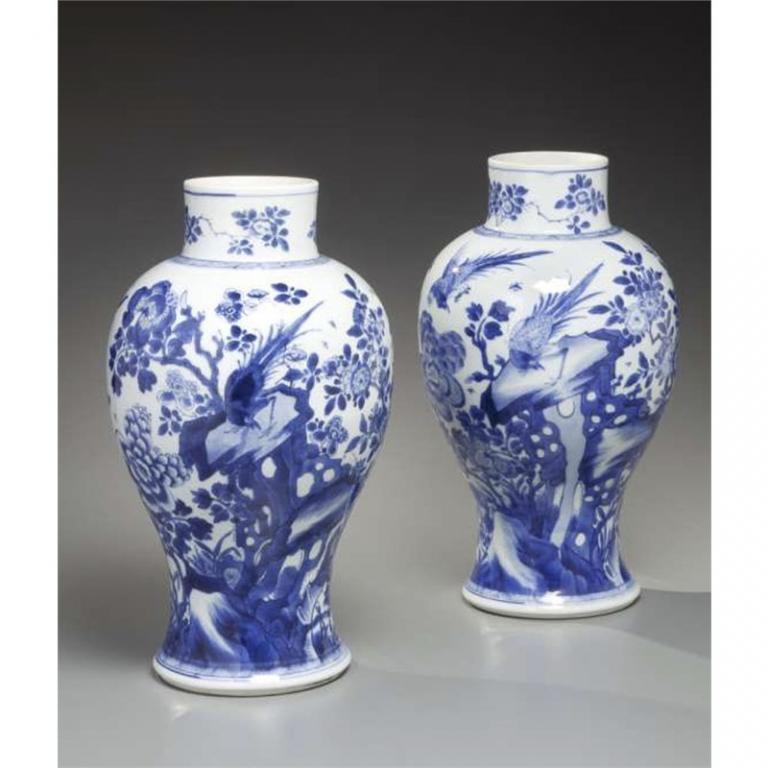
By the reign of Emperor Yongzheng, along with the maturation of blue-and-white firing technique, imitation of Ming-styled wares became a fashion. As described above, the Yongle and Xuande periods and Chenghua period were the two pinnacles of Ming dynasty blue-and-white wares.
Therefore,blue-and-white porcelain of the Yongzheng period also displayed two corresponding styles:one imitated the Yongle and Xuande manner with flamboyant colour,the other followed the Chenghua character by using exquisite brushwork with light colour,and appeared graceful and highly aesthetic.
Emperor Qianlong is renowned for his painting and poetry in Chinese history.Thanks to his predecessors who had established the regime and spared no effort in governing the country,when Qianlong took throne,China was in full prosperity and peace.He was smart and industrious since his childhood,and grew up to be a versatile Emperor proficient in poetry, painting and calligraphy. During his 60 years of reign, he organized people to compile many cultural classics, and created a great number of literary works by himself. Blue-and-white wares of this period also reflect the historical characters of the era. On the one hand, with the refinement of workmanship, the decorations were more stylized and tookon a gorgeous palace style; on the other hand, due to the passion towards culture by the Emperor, blue-and-white porcelain also became more cultivated.
After going through the peak in the reign of Kangxi, Yongzheng and Qianlong, blue-and-white porcelain went on decline. Along with the political regression of the Qing government, though some works also boasted fine craftsmanship, but were without any creativity.
Blue-and-white ware has been the main role of porcelain industry all through the Yuan, Ming and Qing dynasties. It witnessed the vicissitudes during this extensive period, and reflects the aesthetic preferences of different emperors. Moreover, its rich decorative motifs epitomize the splendid Chinese culture. Meanwhile, different from the monopoly of celadon in the Song dynasty, the porcelain firing of the Ming and Qing dynasties was more vibrant, and also was highlighted by diversified polychrome porcelain wares.
